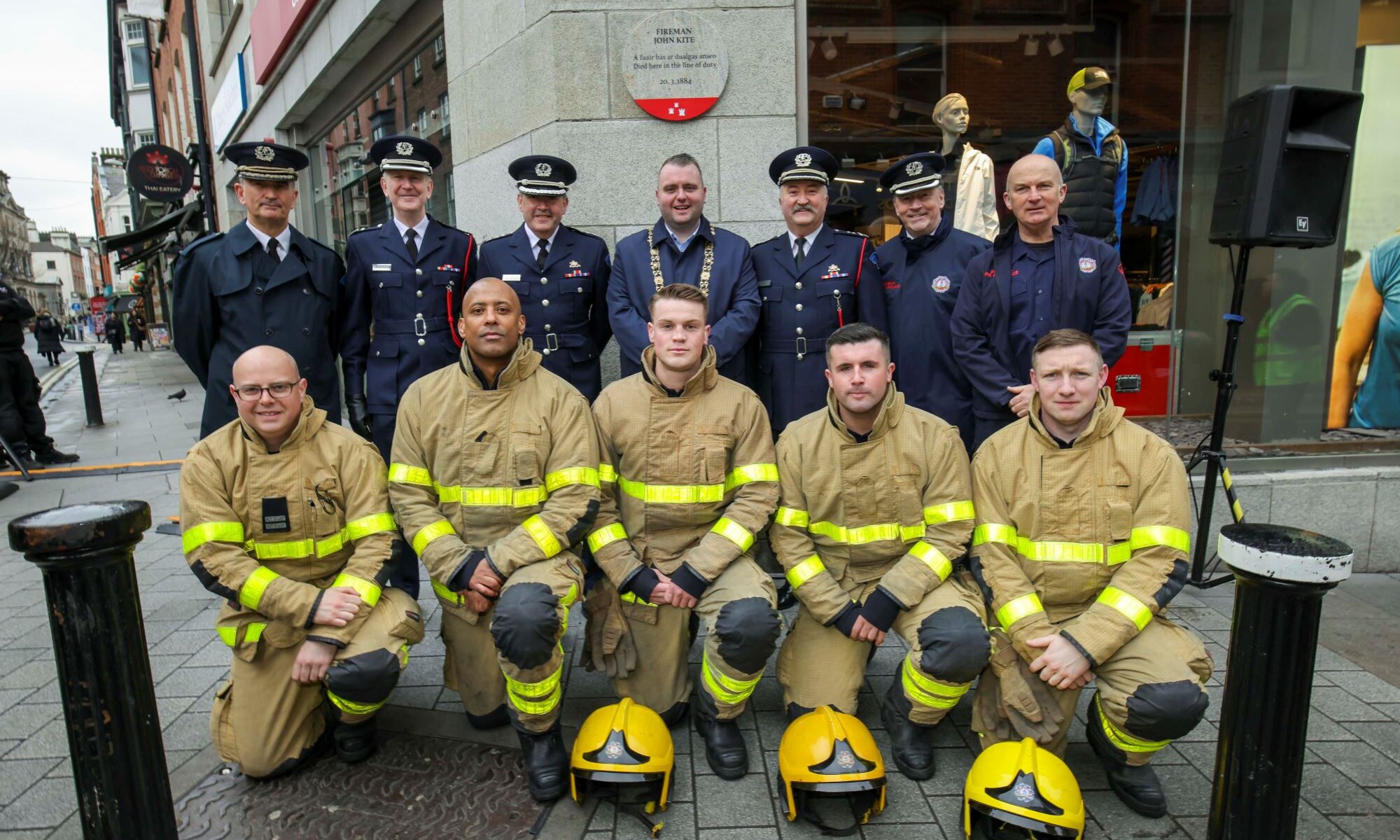On Monday, 25th April 2016, a plaque commemorating the death one hundred years earlier of Irish Volunteer Gerald Keogh, was unveiled at 117-119 Grafton Street (above Butlers Chocolate Café), with Councillor Mícheál Mac Donncha speaking at the ceremony on behalf of Dublin City Council.
On the second day of the Easter Rising, Keogh – a former Fianna member who lived in Ranelagh – was killed near the location of the plaque while returning to the GPO on bicycle from Larkfield House, where he had been sent on a despatch by Patrick Pearse. The bullets were fired by a soldier positioned at Trinity College Dublin, possibly the Australian-born Mick McHugh.
Keogh was initially buried on the grounds of Trinity College before getting interred in Glasnevin Cemetery. Aged 22 years old at the time of his death, the shop assistant was the youngest of four brothers to take part in the Rising.
The plaque unveiling ceremony was attended by Keogh’s grandnephew Raymond M. Keogh, and Patrick McHugh, the great-great-nephew of the soldier who may have fired the shots which killed the young Irish Volunteer on 25th April 1916.
Those wishing to learn more about the story of Gerald Keogh should consult Raymond M. Keogh’s book Shelter and Shadows. An Awakening to Our Common Identity (2016).
Submitted by historian in residence James Curry.


